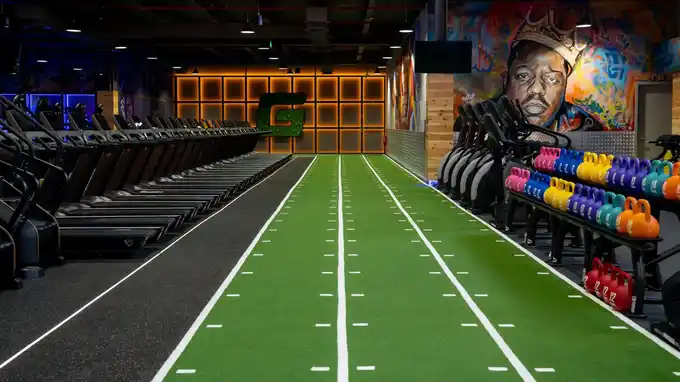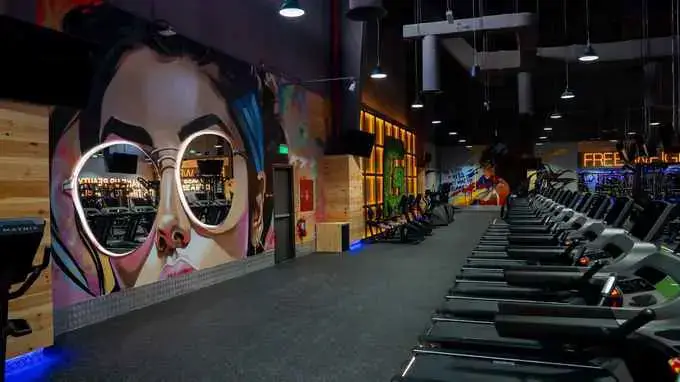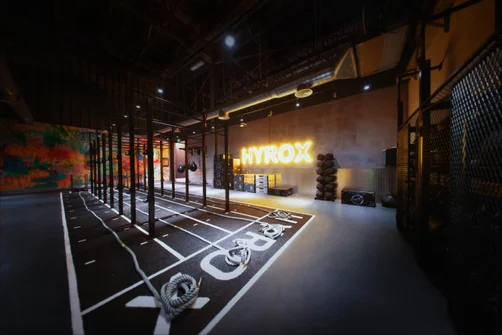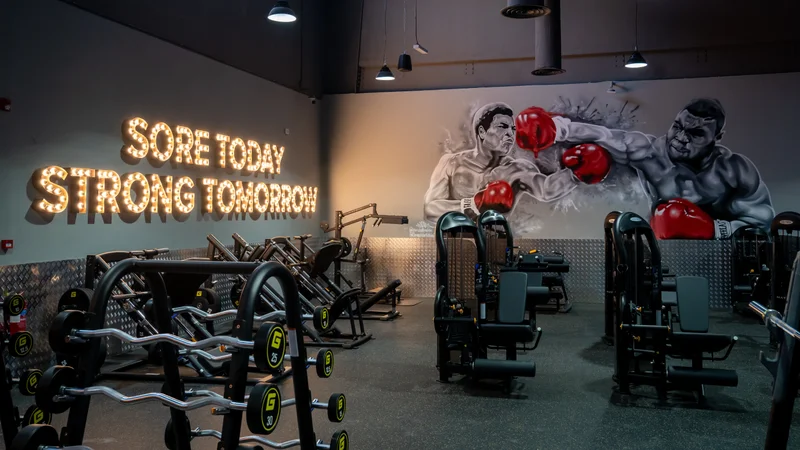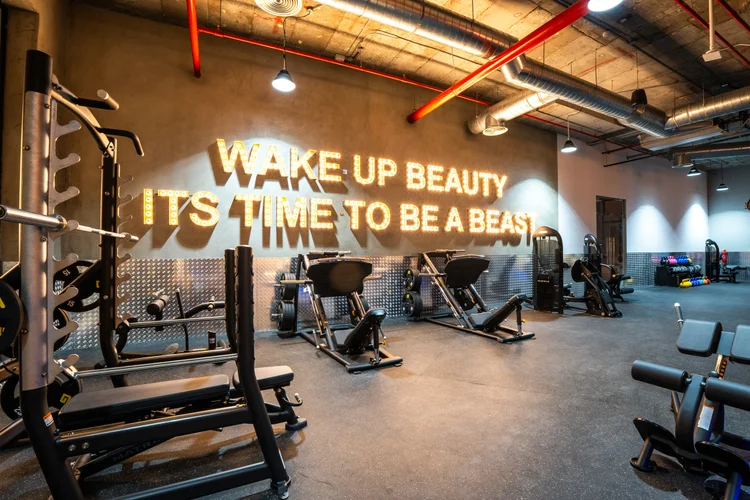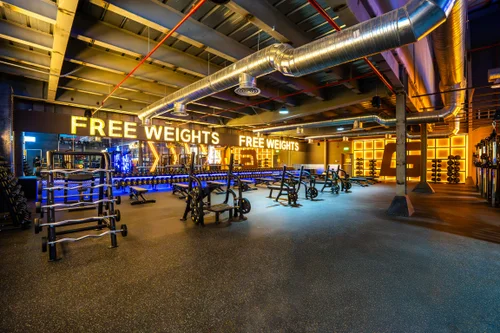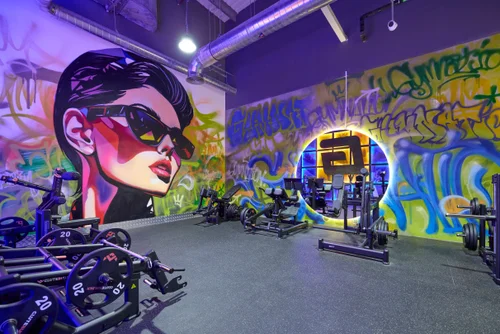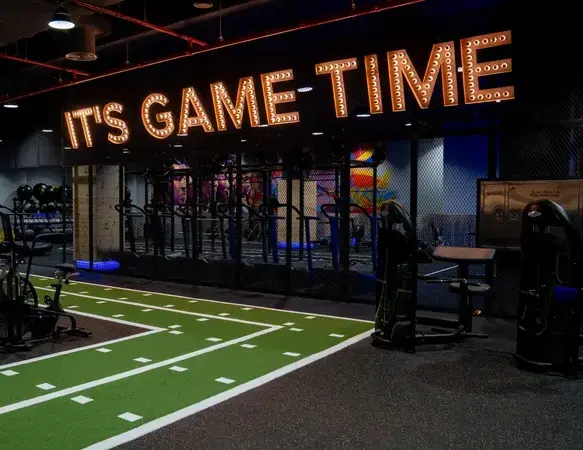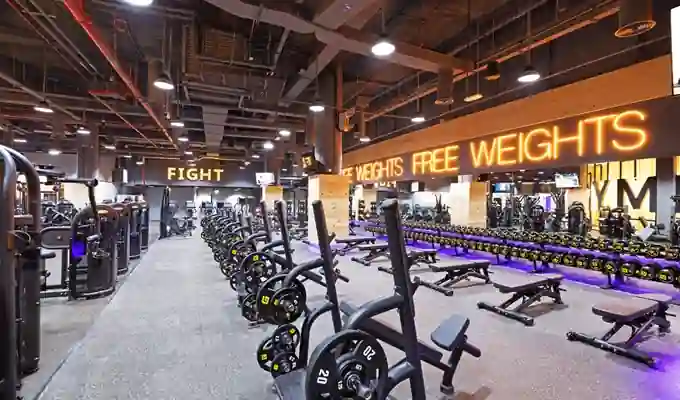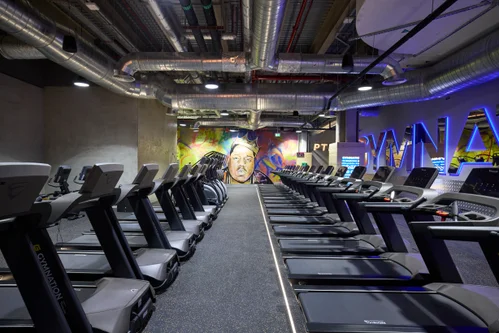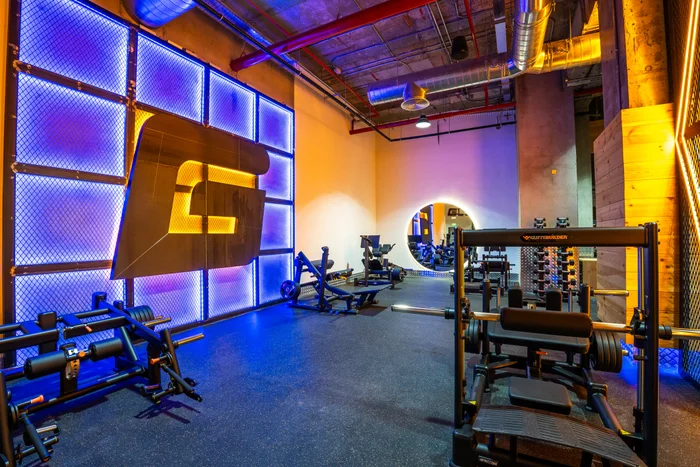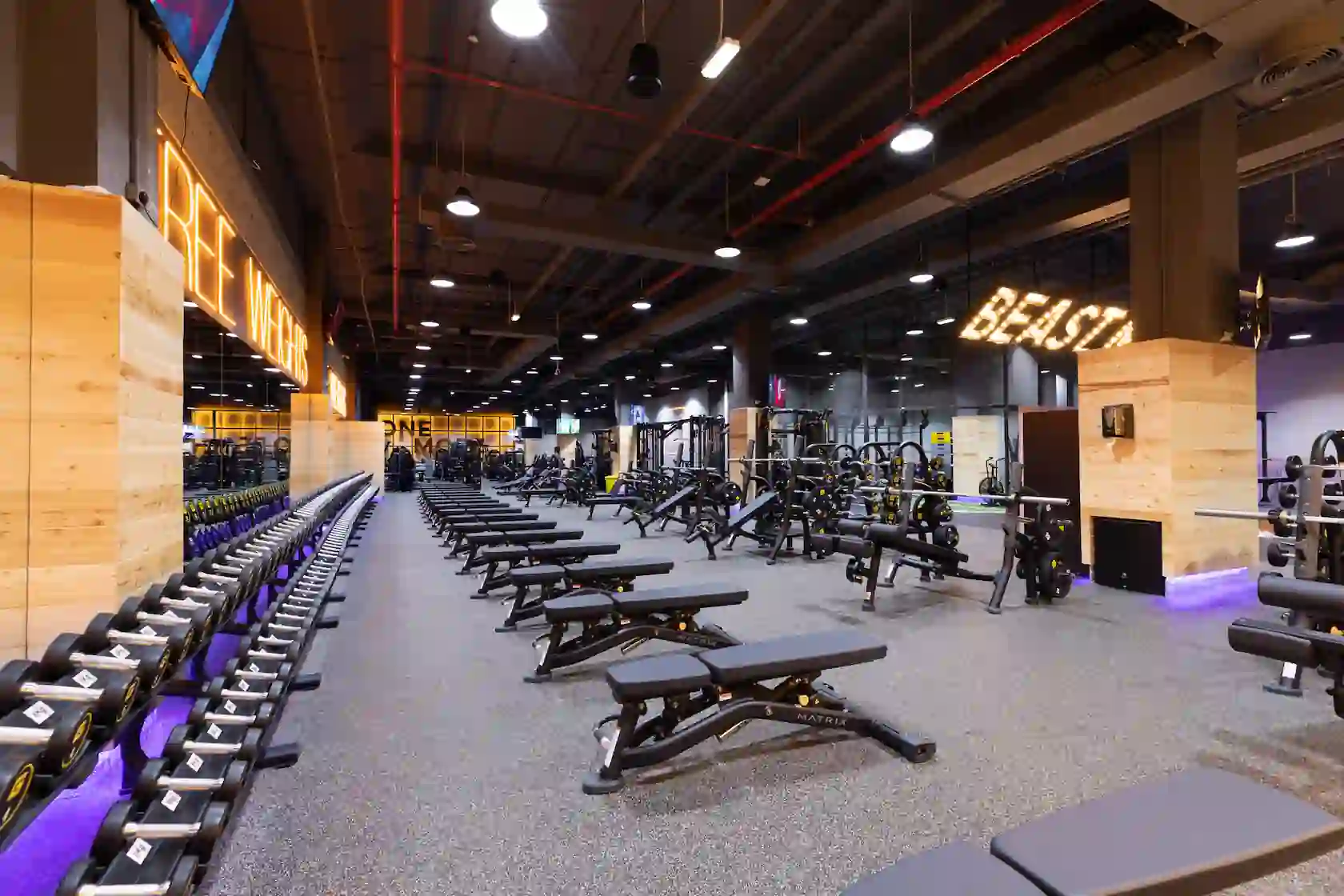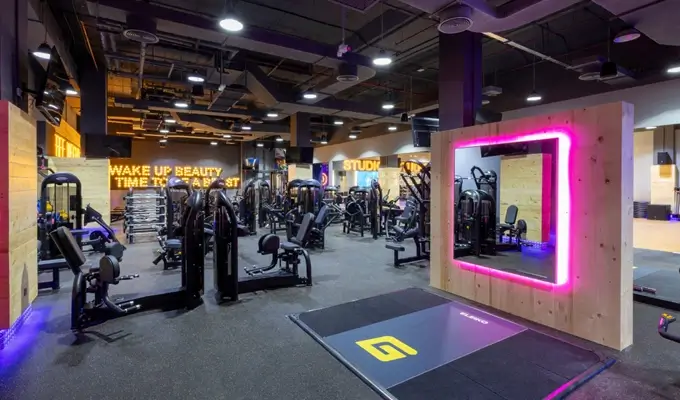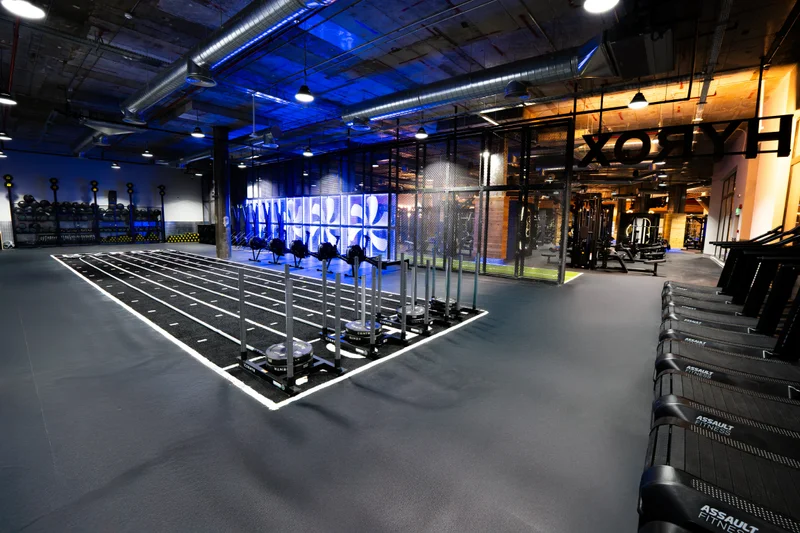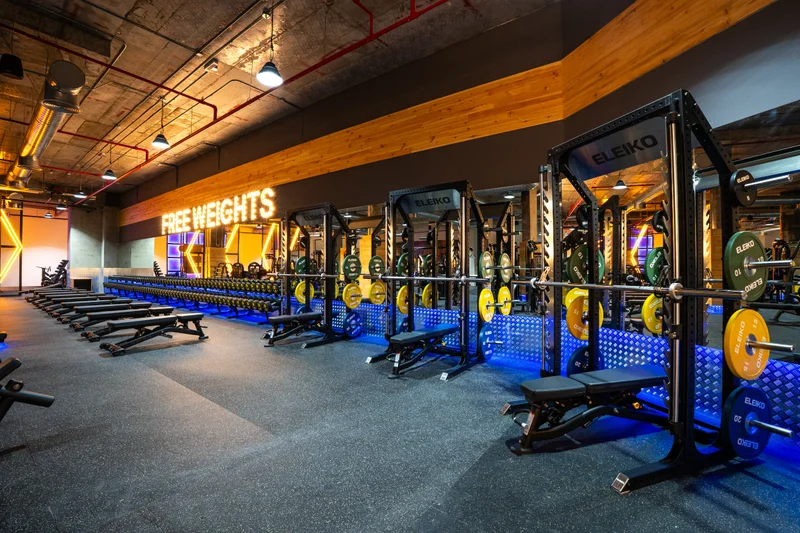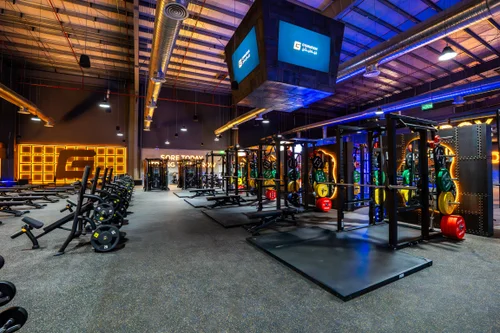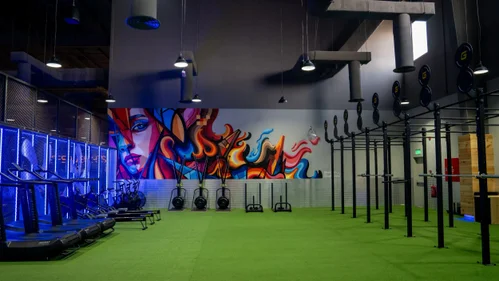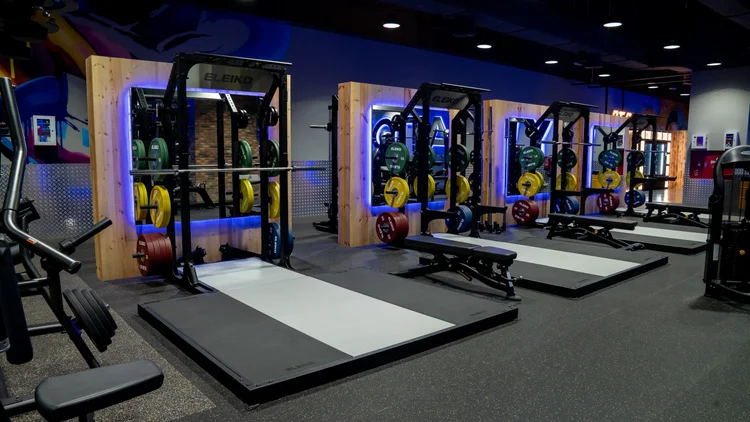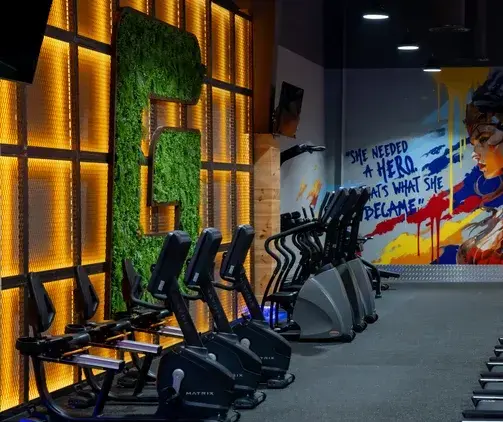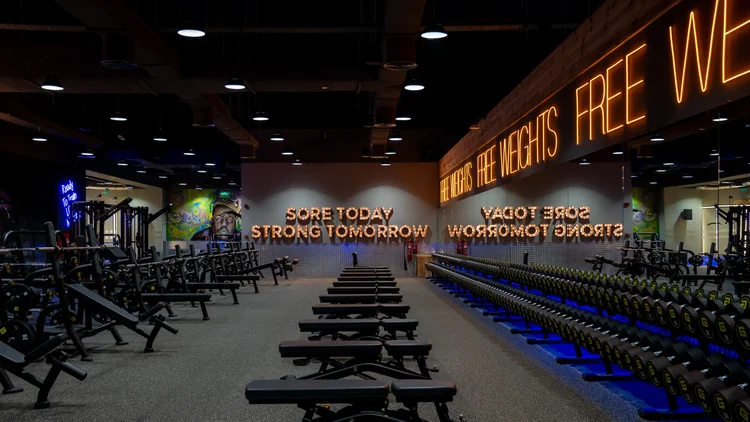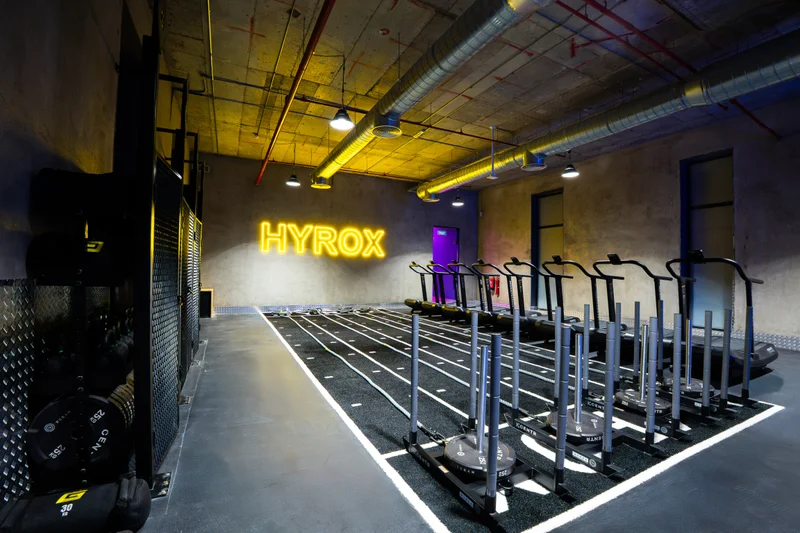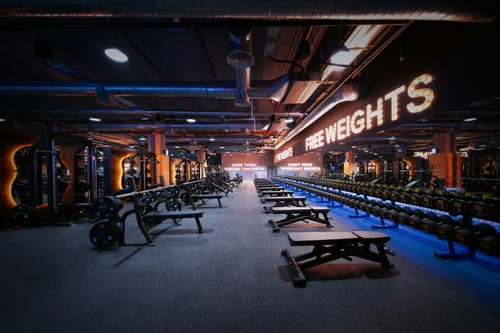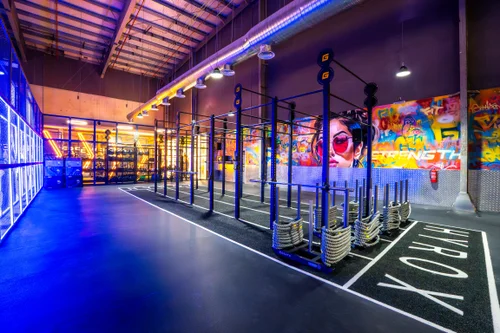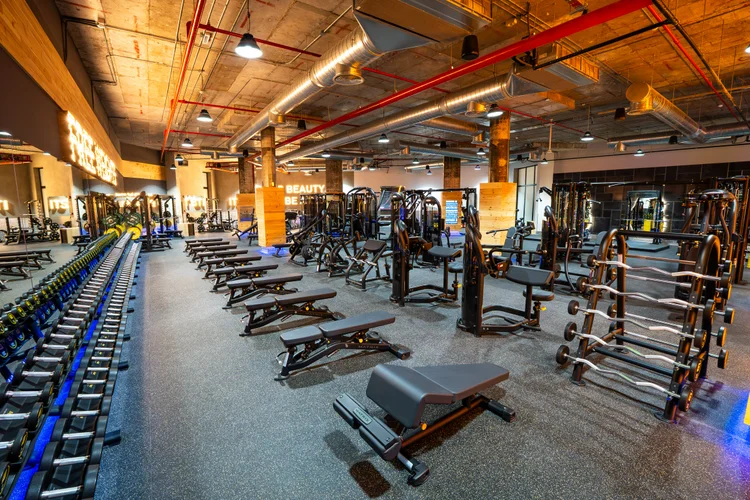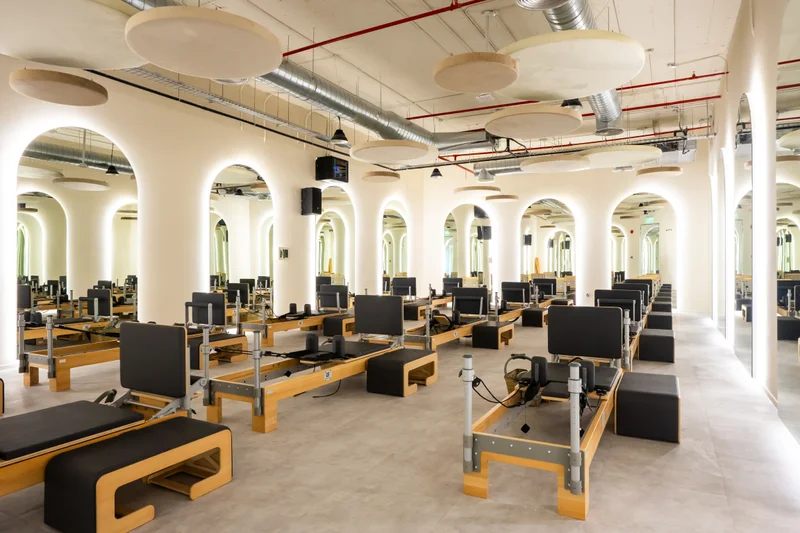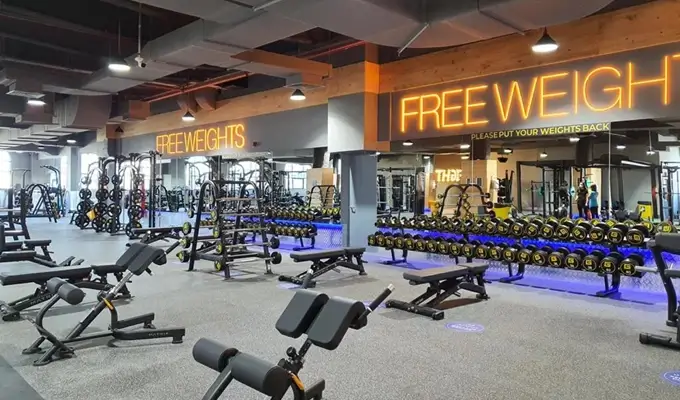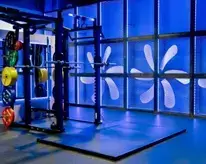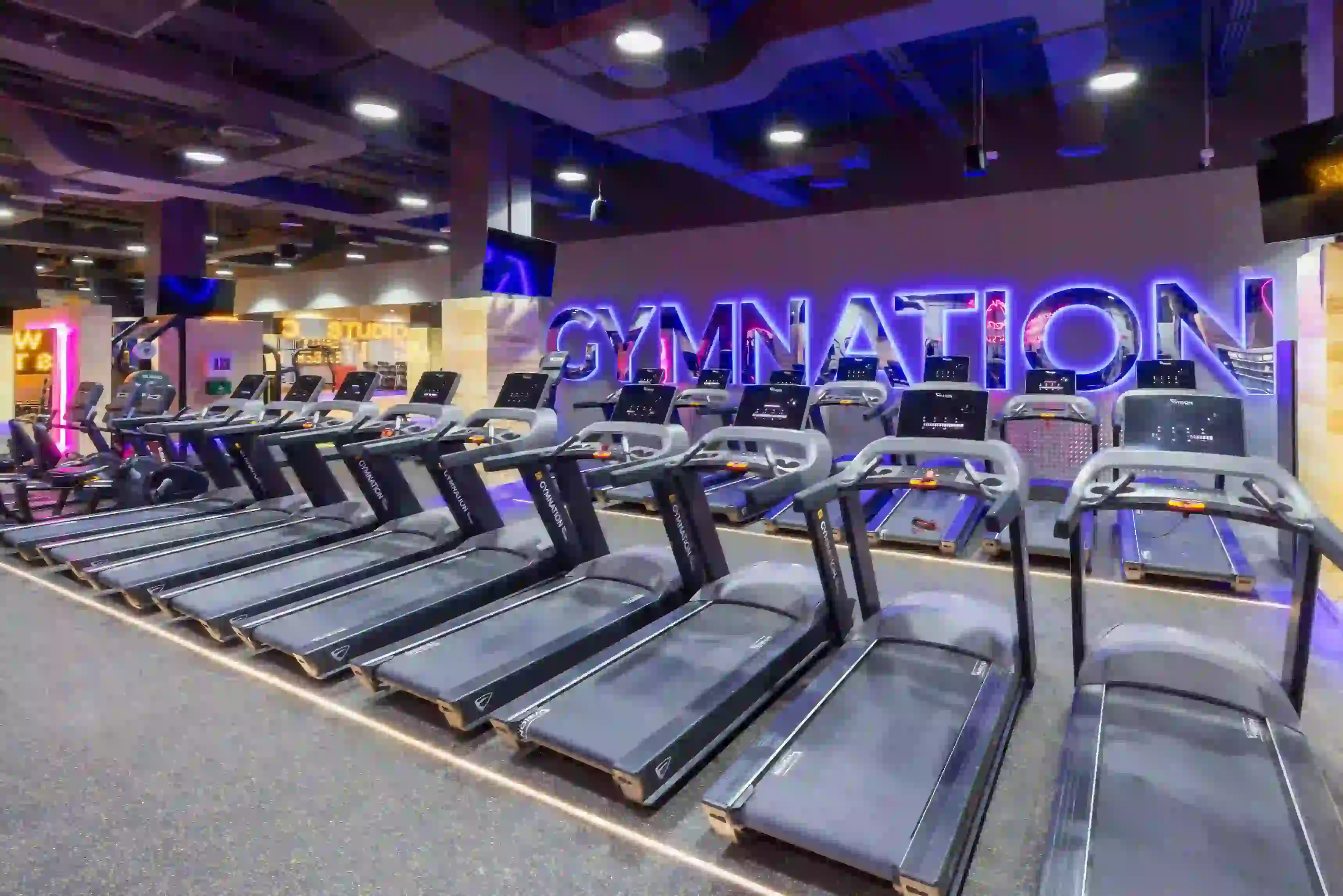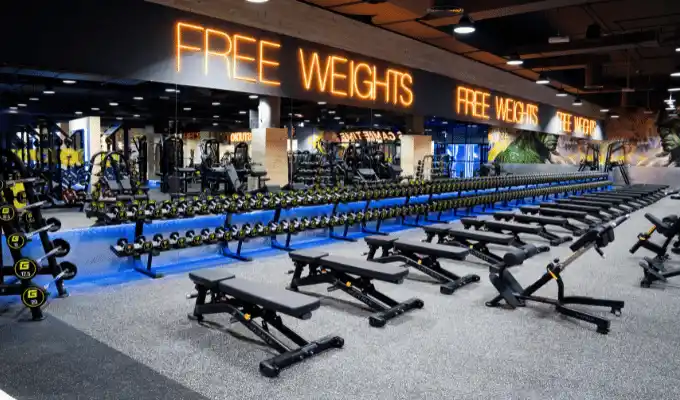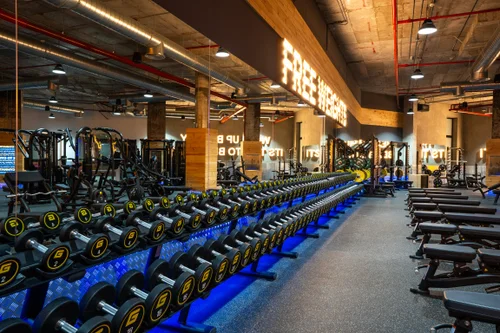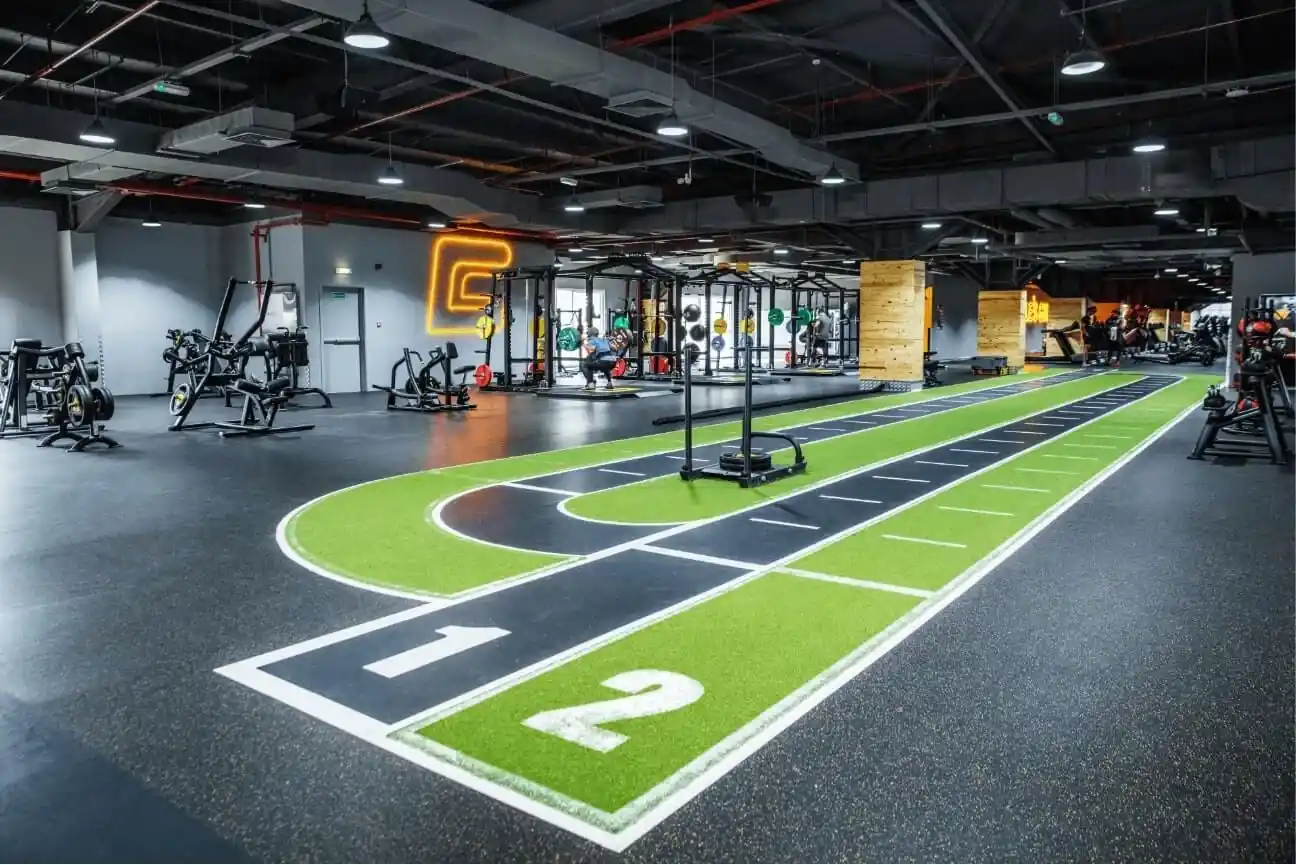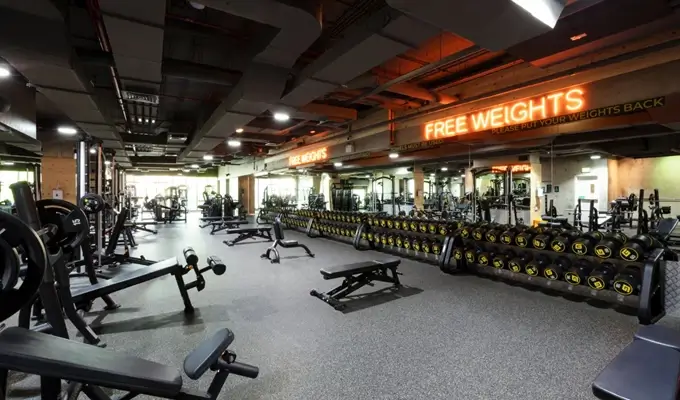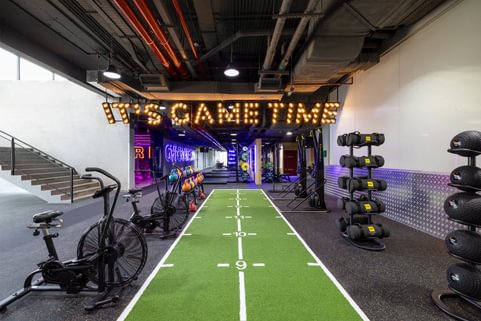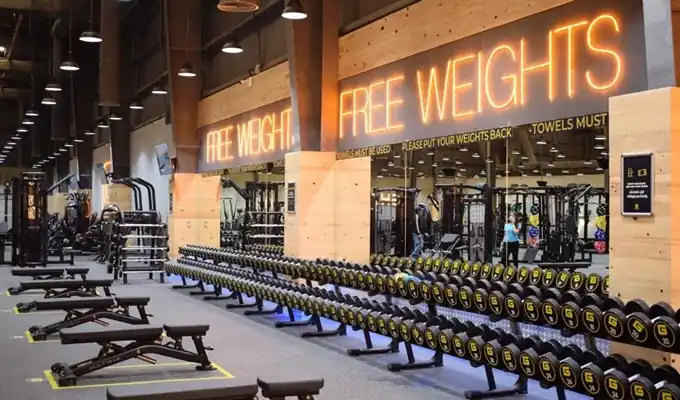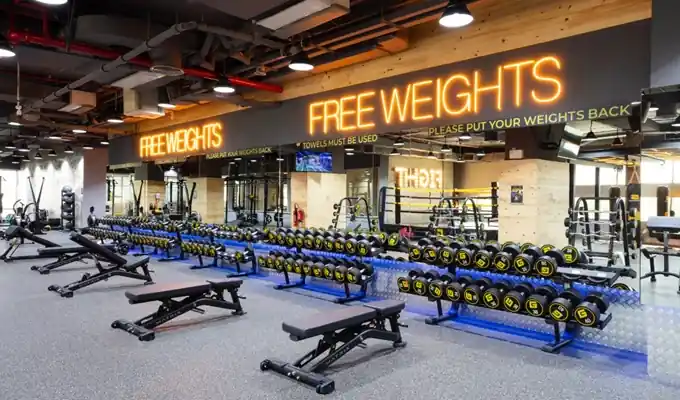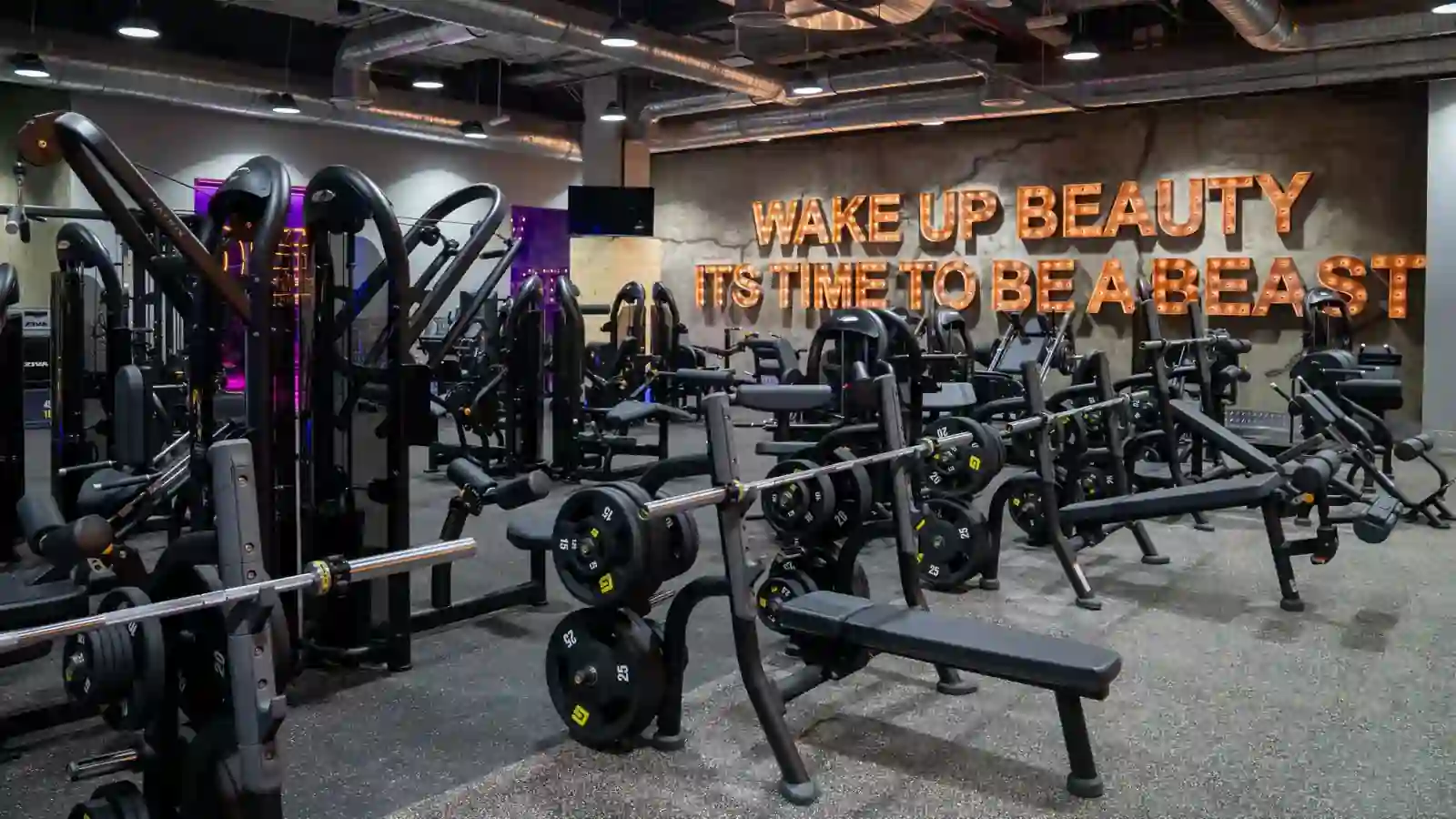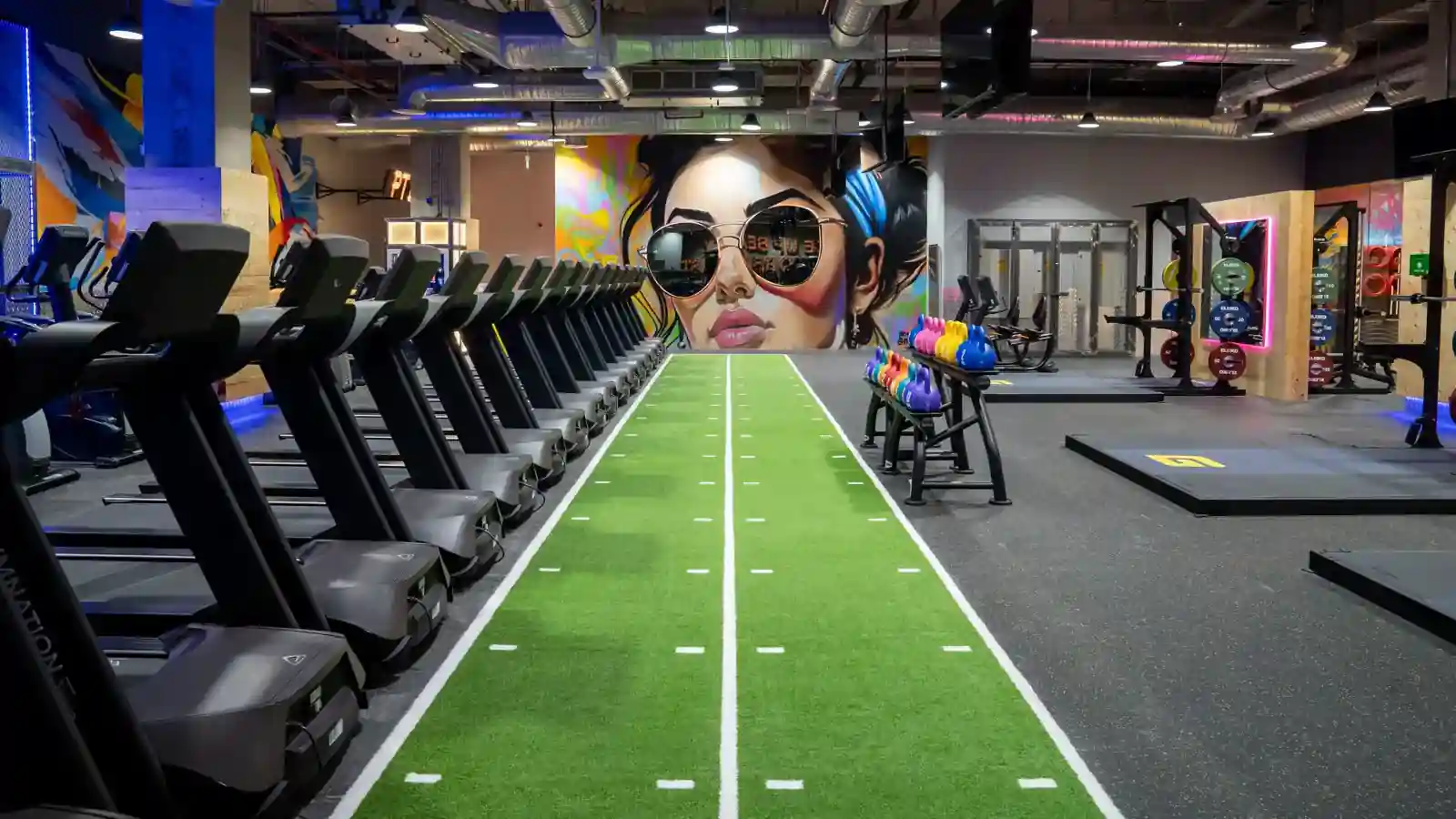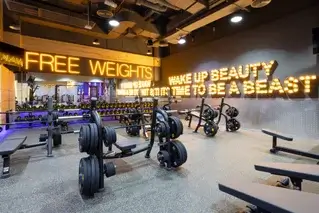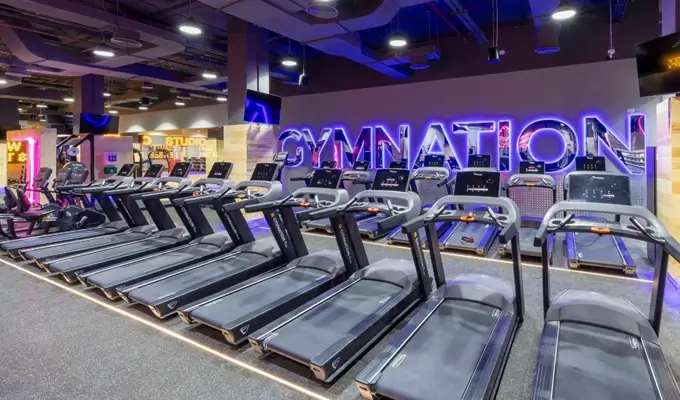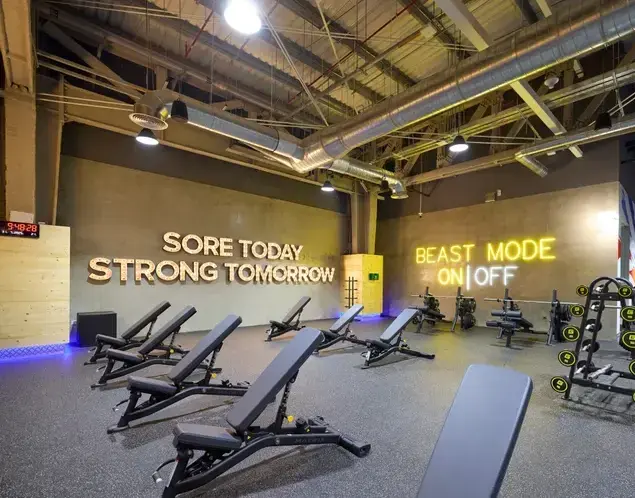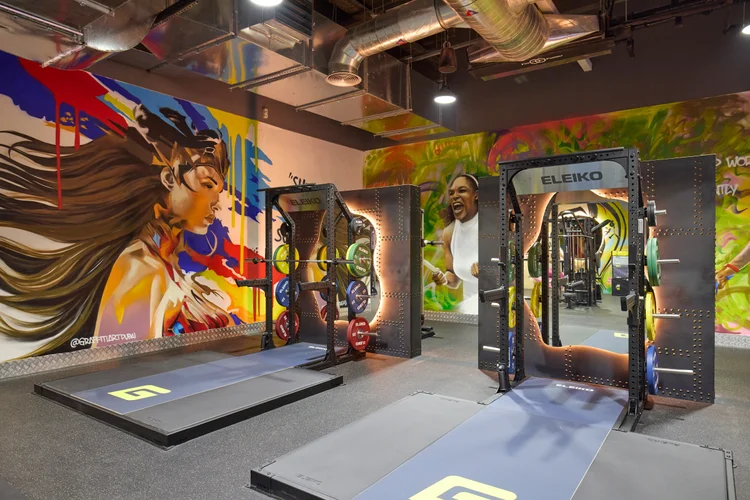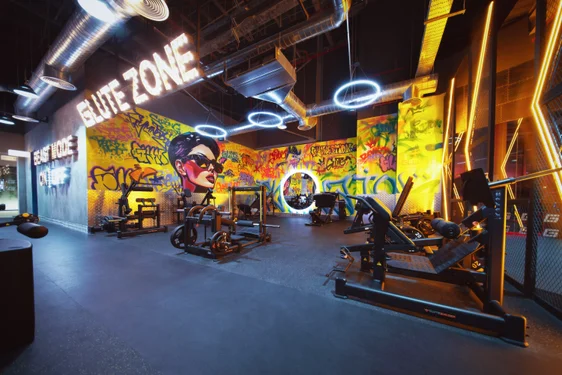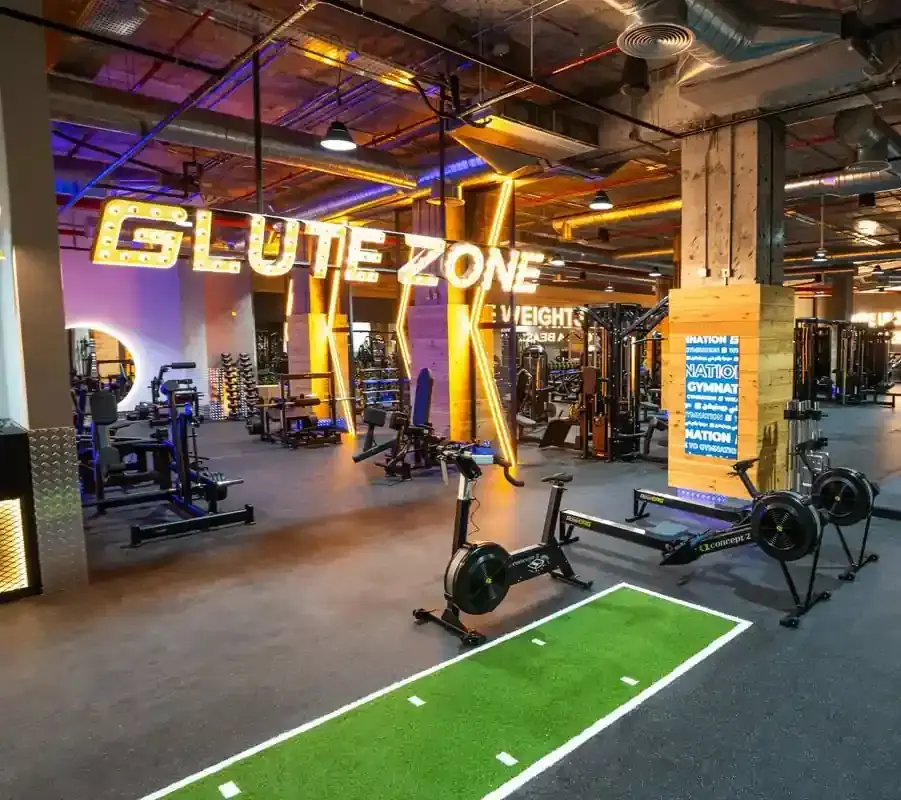The Surprising Power of Slow Cardio
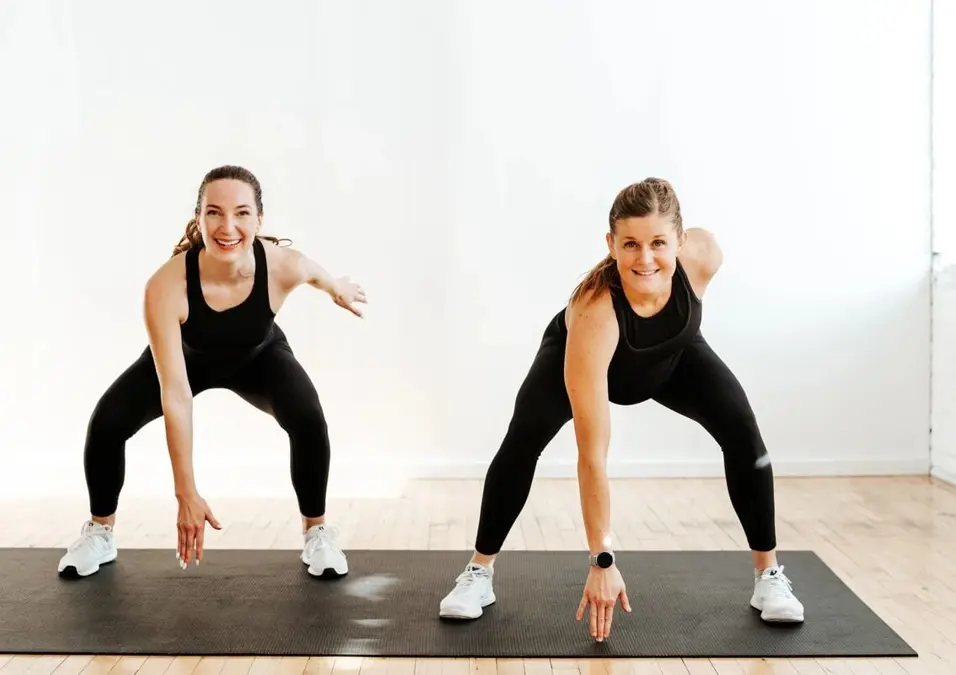
SIGN UP FOR YOUR FREE DAY PASS TODAY!
You’ve probably heard the phrase, “slow and steady wins the race.” When it comes to your daily cardio, that advice is worth taking to heart.
What's your go-to workout time?
A growing body of research shows that relatively mild “Zone 2 cardio” exercise delivers significant health and fitness benefits, proving that you don’t always need a grueling workout to see results.
But can you really gain that much from an activity that doesn't leave you breathless? We asked exercise physiologist Christopher Travers to explain.
TRAIN LIKE AN OLYMPIC MEDALLIST!
What Exactly Is Zone 2 Cardio?
Zone 2 training is moderate-intensity aerobic exercise that keeps your heart rate at 60% to 70% of your maximum.
It’s the second level on a five-zone scale that measures how hard your heart is working.
"You’re not going to feel like you’re pushing it if you’re exercising in zone 2," explains Travers.
"It should feel like a comfortable workout effort and something that you can do for a longer period of time."
Examples of Zone 2 cardio include:
- Brisk walking (covering a mile in 15-20 minutes).
- Slow running at a relaxed, conversational pace.
- Cycling at a steady speed you can easily maintain.
- Swimming laps at a slow and consistent pace.
"The key is to do the activity in a controlled manner," Travers emphasizes. "Focus on just moving — not on how fast you’re doing it."
GET HYROX RACE READY AT GYMNATION
The Benefits of Taking It Easy
It might seem counterintuitive, but dialing down the intensity of your cardio can lead to impressive gains. Here’s how.
1. It Burns Fat More EfficientlyYou might think that pushing yourself to the max is the best way to burn fat, but the opposite is often true.
When your heart rate soars, your body starts burning more carbohydrates for quick energy instead of fat. Exercising in Zone 2 keeps your heart rate in a range where your body prioritizes fat as its primary fuel source.
2. It Improves Heart and Lung FunctionBuilding your aerobic base with Zone 2 training strengthens your heart, allowing it to pump more blood with each beat.
It also boosts mitochondrial function in your cells, creating more energy, and increases the number of small blood vessels to improve blood flow and oxygen delivery to your muscles.
3. It Reduces Your Risk of InjuryLower-intensity workouts place less strain on your muscles, tendons, and ligaments.
"Elite athletes spend a lot of time in zone 2 to build strength and endurance with less injury risk," says Travers. It’s also easier to recover from a Zone 2 workout, which helps prevent overuse injuries.
4. It Builds EnduranceZone 2 workouts are meant to be done for longer periods—typically 30 minutes or more.
This is something you can't sustain with high-intensity interval training (HIIT). "You’re training your muscles to overcome fatigue and to keep going for longer," clarifies Travers.
VINYASA YOGA CLASSES AT GYMNATION
How to Know If You're in Zone 2
The easiest way to find your Zone 2 heart rate is with a simple formula: 220 – Your Age = Your Max Heart Rate. Your Zone 2 range will be 60% to 70% of that number.
For a 40-year-old, the max heart rate is 180 beats per minute (bpm), making their Zone 2 range 108 to 126 bpm.
Don't want to do the math? A simpler way is the "talk test." If you can hold a light conversation while exercising, you’re likely in Zone 2.
While high-intensity workouts have their place, the benefits of Zone 2 training are proof that you don't always have to go all out to improve your health.
The most important thing is to get moving in a way that feels good for your body.
Source: health.clevelandclinic
The opinions shared in the GymNation blog articles are solely those of the respective authors and may not represent the perspectives of GymNation or any member of the GymNation team.
Frequently Asked Questions
Is slow cardio beneficial?
GET YOUR FREE TRIAL TODAY




















